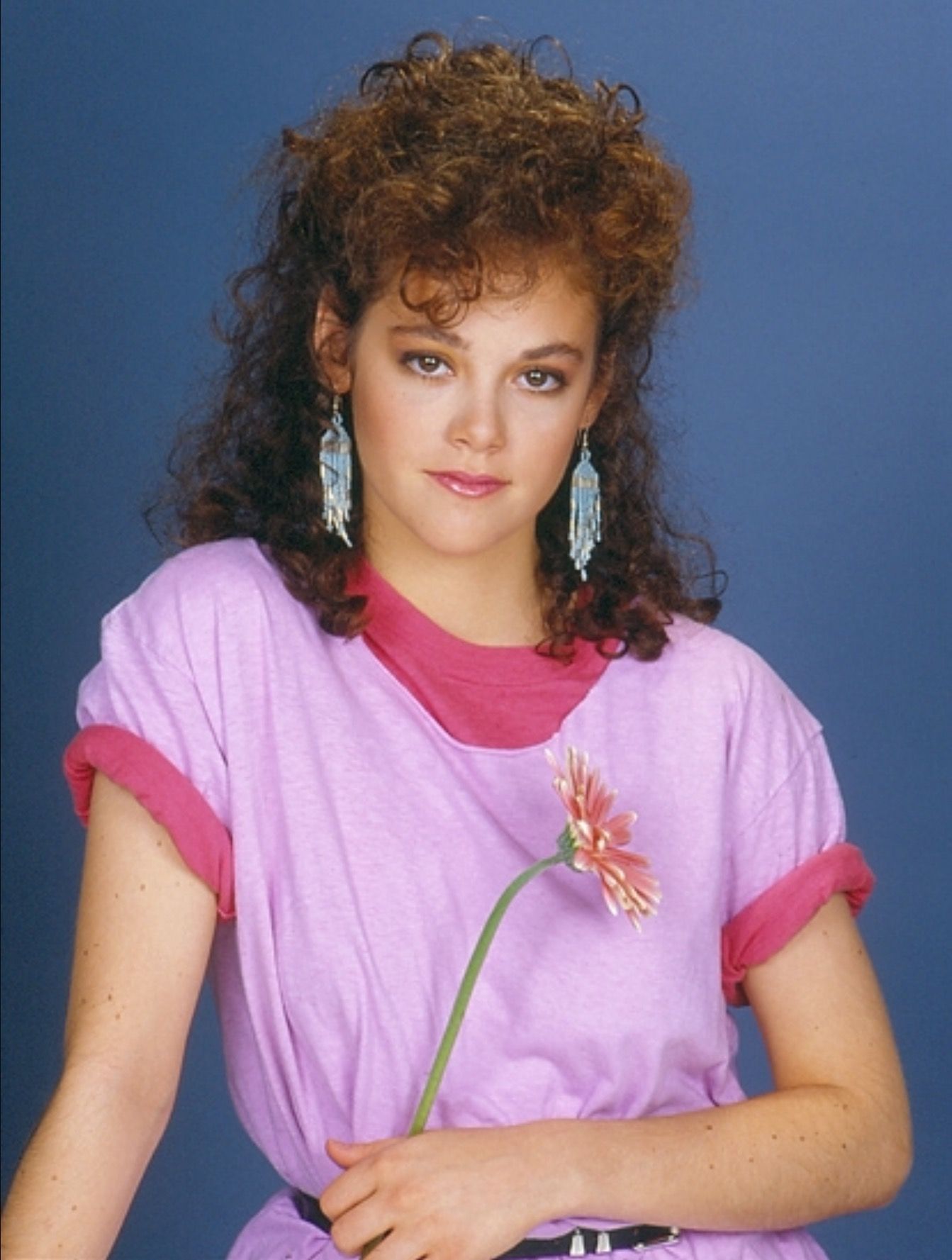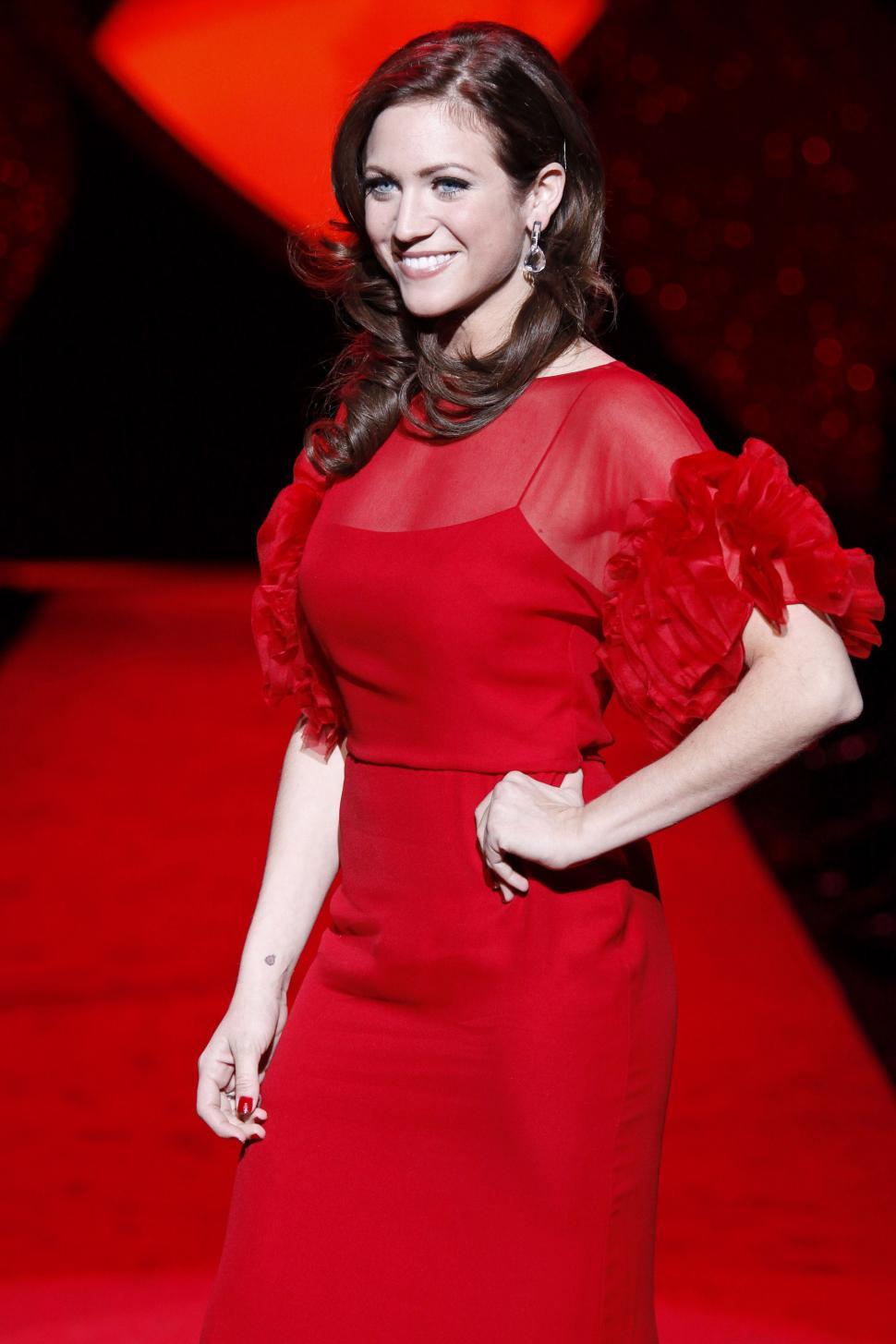
The red carpet—it’s a spectacle of glamour, a parade of high fashion, and an undisputed highlight of any major awards season or film festival. We see our favorite stars gliding effortlessly, bathed in the glow of a thousand flashbulbs, looking utterly perfect. But beneath that polished veneer, beyond the dazzling smiles and designer gowns, lies a world far more regulated than you might imagine.
What if we told you that these seemingly spontaneous moments are often governed by an intricate, sometimes bizarre, set of unwritten—and now, increasingly written—rules? From precisely measured heel heights to bans on certain sartorial choices, celebrities are navigating a complex minefield of expectations. It’s not just about looking fabulous; it’s about adhering to a silent code, one that dictates everything from how much skin you can show to how you interact with the very carpet you’re walking on.
We’re pulling back the velvet rope to reveal the secret commandments of the red carpet, the silent decrees that stars rarely talk about but must always obey. Get ready to have your perceptions challenged as we dive into the fascinating, and often frustrating, world of celebrity red carpet rules, starting with some of the most visible and recently enforced changes.
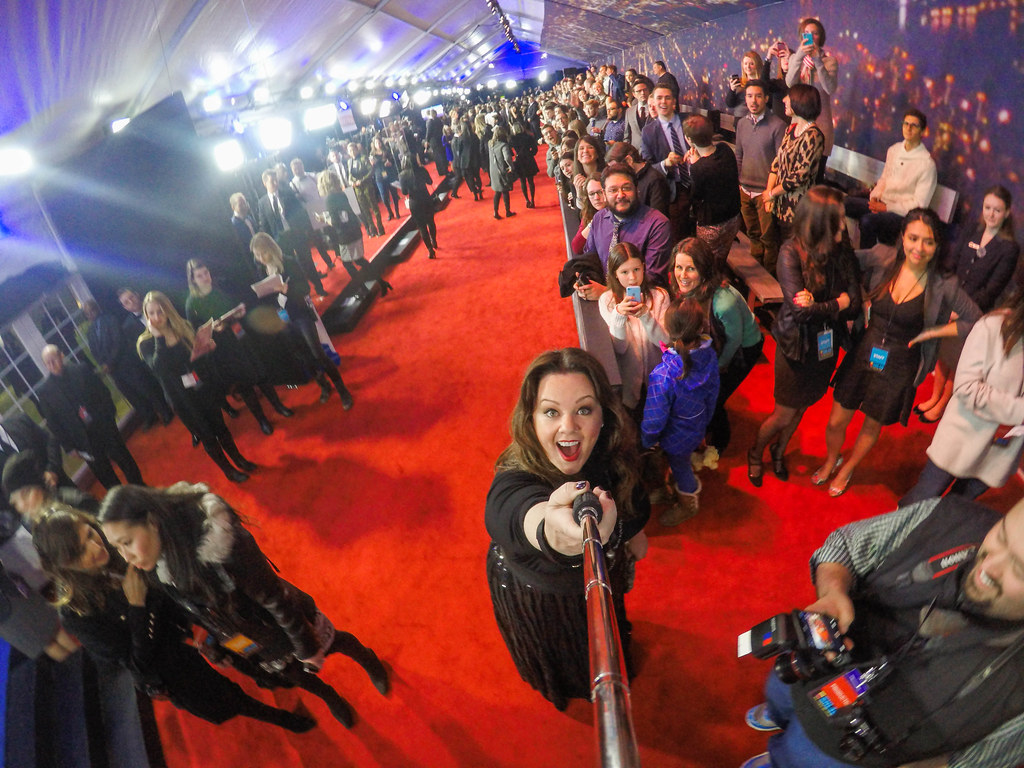
1. **The Red Carpet’s Evolving Modesty Mandate: The Ban on Nudity (Cannes & Grammys)**The Cannes Film Festival, historically a hub for daring fashion, took a decisive step in 2025 by changing its dress code to explicitly state: “For decency reasons, nudity is prohibited on the red carpet, as well as in any other area of the festival.” A festival representative confirmed these changes simply “reflect ‘certain rules that have long been in effect’,” aiming “not to regulate attire per se but to prohibit full nudity on the carpet.” This means iconic looks like La Cicciolina’s 1988 Cannes appearance “probably wouldn’t be allowed today!”
This new mandate swiftly “stirred conversation online,” with many social media users expressing support. Comments like, “Hope other galas/festivals follow this example,” and “It’s called ‘class’,” highlight a public desire for more refined red carpet aesthetics. Others stated, “I’m for this. It’s not fashion anymore, it’s just being as as possible,” underscoring a collective pushback against what some perceive as excessive exposure.
The sentiment at Cannes echoes similar efforts at other major events. The Grammys, for instance, issued a comprehensive “wardrobe advisory” ahead of their 2013 ceremony. CBS Standard and Practice mandated, “Please be sure that buttocks and female breasts are adequately covered. Thong type costumes are problematic.”
The advisory further detailed, “Please avoid exposing bare fleshy under curves of the buttocks and buttock crack” and “Bare sides or under curvature of the breasts is also problematic.” This detailed guidance even extended to “sheer see-through clothing that could possibly expose female breast ,” which was also explicitly discouraged. Such specific instructions demonstrate a consistent, behind-the-scenes effort by event organizers and broadcasters to manage and control the level of exposure, ensuring public broadcasts adhere to perceived standards of decency.
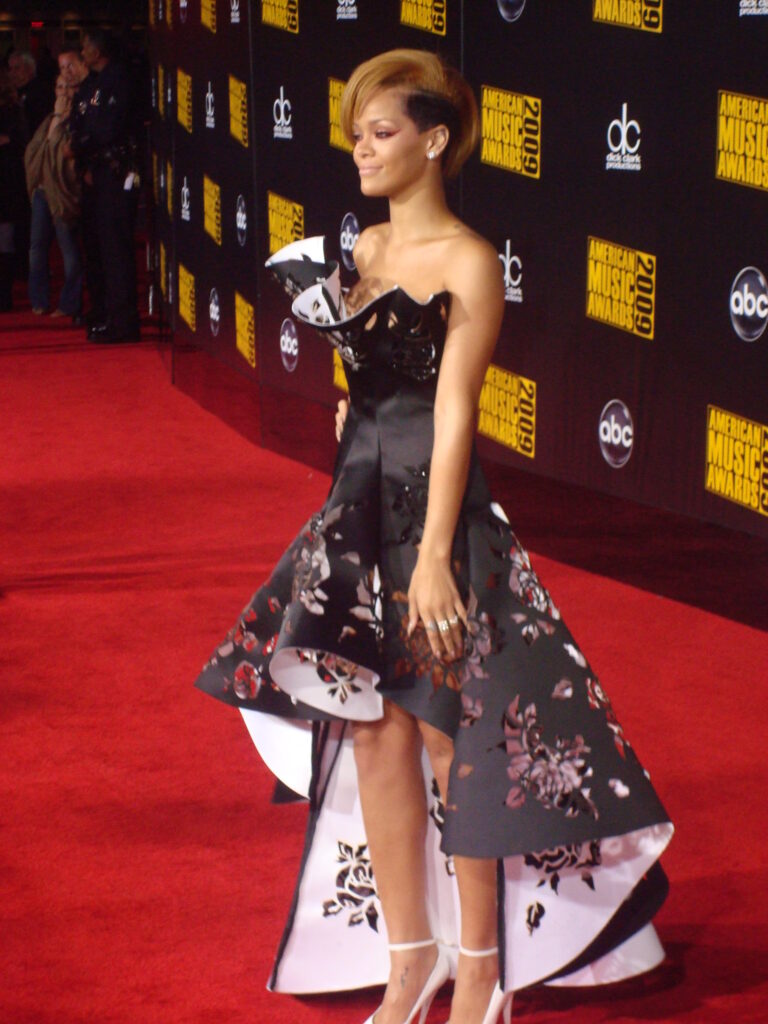
2. **The Great Train Robbery: Why Voluminous Gowns Are Out (Cannes)**Beyond concerns about modesty, practical logistics are now driving significant changes to red carpet dress codes. The Cannes Film Festival, again, led this shift by banning “super dramatic dresses.” Their updated code declares, “Voluminous outfits, in particular those with a large train, that hinder the proper flow of traffic of guests and complicate seating in the theater are not permitted.” This pragmatic rule is designed to ensure smooth guest movement through the bustling event.
Non-compliance carries serious consequences; “The Festival welcoming teams will be obligated to prohibit Red Carpet access to anyone not respecting these rules.” This means grand, flowing gowns, once a red carpet staple, are now considered a logistical impediment. The “Jesus dress” worn by Massiel Taveras in 2024, known for its extensive train, “likely wouldn’t be permitted anymore.” As cultural critic Louis Pisano observed, “They take up the most space on the red carpet and everybody gets clogged up.”
This sudden change created immediate challenges for attendees. Halle Berry revealed her own experience at a Cannes jury press conference, stating, “I had an amazing dress by Gupta that I cannot wear tonight [at the opening] because it’s too big of a train. I’m not going to break the rules.” This anecdote highlights the last-minute adjustments celebrities and their stylists often face.
Stylist Rose Forde noted that such rapid rule changes “could hurt brands that have already prepared those styles for this year’s event,” considering that couture pieces are often planned and crafted months in advance at considerable cost. The ban, particularly targeting “more influencers” who “take up the most space on the red carpet and everybody gets clogged up,” underscores the festival’s determination to prioritize operational efficiency for the “2,000, 3,000 people that have to get into this theater.”

3. **Dress Codes Beyond the Gown: Tuxedos, Cocktail Dresses, and Pantsuits (Cannes)**While Cannes has introduced new restrictions, it also maintains long-standing, traditional dress codes for its premier events. For “the Grand Théâtre Lumière gala screenings taking place around 7 and 10 p.m., which are attended by the artistic teams, evening wear (long dress, tuxedo) is required.” This standard upholds a classic sense of formality, reflecting the prestige associated with these high-profile screenings. It’s a nod to timeless elegance over fleeting trends.
Recognizing the evolution of formal attire and diverse personal preferences, the festival’s rules also offer “a little bit more leeway” for guests. The Cannes dress code explicitly states, “Alternatively, you may also wear ‘a little black dress,’ a cocktail dress, a dark-colored pantsuit, a dressy top with black pants…a black or navy-blue suit with bow-tie or dark-colored tie.” This inclusion provides elegant alternatives that ensure comfort and individual style without sacrificing the event’s overall sophistication.
These flexible options are vital for an inclusive approach, allowing attendees to select attire that suits them while still adhering to a high standard of presentation. Stylist Rose Forde emphasized that “Cannes has always been a stickler for the rules and enforcing etiquette with dressing,” indicating that these detailed guidelines are part of the festival’s long-standing commitment to a refined image.
The meticulous nature of these dress codes, from demanding specific evening wear to offering approved alternatives, demonstrates a comprehensive effort to maintain a consistent aesthetic. It ensures that every guest, regardless of their preferred style, contributes to the sophisticated atmosphere expected at one of the world’s most prestigious film festivals.
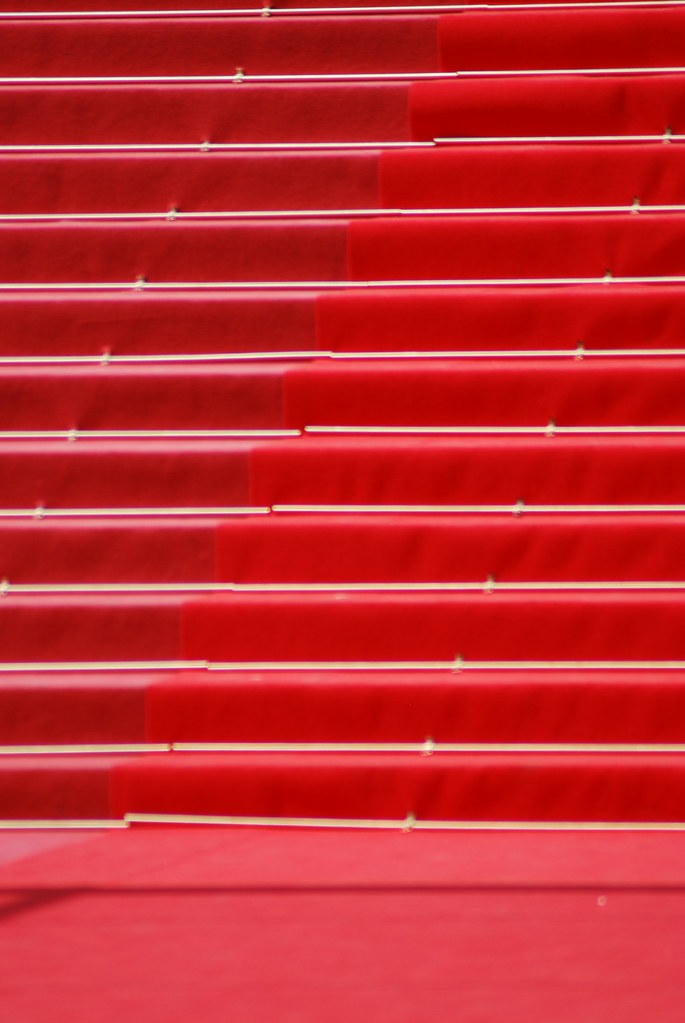
4. **The Heel vs. Flat Rebellion: A Battle for Footwear Freedom (Cannes)**The unspoken rules of the red carpet once dictated footwear, with heels being an “unspoken requirement” for women at the Cannes Film Festival. This implicit mandate ignited significant controversy in 2015 when “several women were denied entry to a premiere for wearing flat shoes instead of high heels.” This incident, widely reported, brought to light the often-discriminatory nature of such informal dress codes, especially during the screening of a film known for defying patriarchal norms.
Despite festival director Thierry Frémaux’s attempts to downplay the issue, calling it a “rumor,” and the media office’s denial of “no official heel height requirement,” firsthand accounts confirmed the reality. Filmmaker Asif Kapadia’s wife was “initially turned away from a screening because her heels weren’t deemed high enough.” Similarly, Danish producer Valeria Richter, whose “left foot had been amputated,” was stopped multiple times while trying to attend an event in flats, highlighting the inflexible nature of the unspoken rule.
In a powerful moment of defiance in 2018, actress Kristen Stewart symbolically removed “her towering Christian Louboutin heels” mid-red carpet at a premiere, continuing barefoot. This spontaneous act was hailed as a direct protest against the unofficial heel requirement. Stewart articulated her stance clearly, stating, “I feel like you can’t ask people that any more. If you’re not asking guys to wear heels and a dress, you cannot ask me either.” Her comments resonated, challenging the gendered expectations of red carpet attire.
Stewart’s rebellion was not isolated. In 2016, “Julia Roberts and Sasha Lane also took a stand by walking the red carpet barefoot,” further signaling a growing pushback against arbitrary fashion mandates. Even more recently, in 2023, Jennifer Lawrence wore flip-flops under her Dior gown, reportedly unaware of the controversy. These actions, whether deliberate protests or practical choices, collectively advocate for a more inclusive and comfortable red carpet experience, prioritizing individuality alongside glamour.
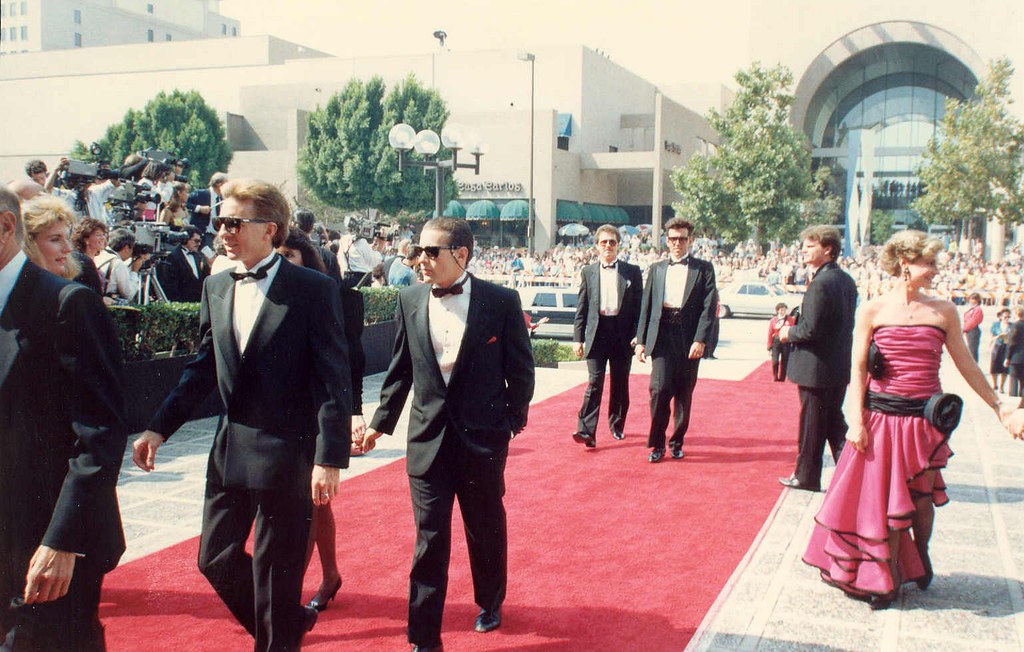
5. **The Selfie Scourge: Why Red Carpet Selfies Are Taboo (Cannes)**The desire to capture a red carpet moment on a smartphone is a common impulse, but at the Cannes Film Festival, it’s strictly prohibited. In 2016, Cannes officially “banned selfies from the red carpet,” a rule that has since been rigorously enforced. By 2018, prominent warning signs explicitly read, “No selfies or photos on the red carpet, thank you!” with security personnel ready to intervene if anyone attempted a quick snap. This ban aims to preserve the event’s elegance and flow, ensuring the focus remains on the cinematic spectacle.
Artistic director Thierry Frémaux has been a vocal critic of red carpet selfies, labeling the practice “ridiculous and grotesque.” He explained his rationale to Le Film Français magazine, stating that “the trivial aspect and the slowing down provoked by the disorder which these selfies create tarnishes the quality of [the red carpet experience] and of the festival as a whole.” Frémaux had initiated a “campaign” against selfies well before the official ban in 2015, recognizing their disruptive potential.
This rule primarily serves to maintain the ceremonial dignity of the event. The “chaos from impromptu photos” was seen as detracting from “the quality of the climbing of the steps,” a significant ritual at Cannes. By curtailing personal social media moments, the festival seeks to uphold its traditional, high-art image against the more informal, self-promotional trends of the digital age.
Even high-profile attendees are expected to adhere to this. Salma Hayek, when asked for a selfie by a journalist, politely declined, explaining, “Aw, I wish you could, but I’d get in trouble with Thierry. Sorry!” This anecdote underscores the strictness of the ban, even for A-listers. While the “Mission: Impossible – The Final Reckoning cast” reportedly broke the “no selfies” rule in 2025, such instances are exceptions, often highlighted precisely because they defy a firmly established norm designed to protect the event’s esteemed atmosphere.
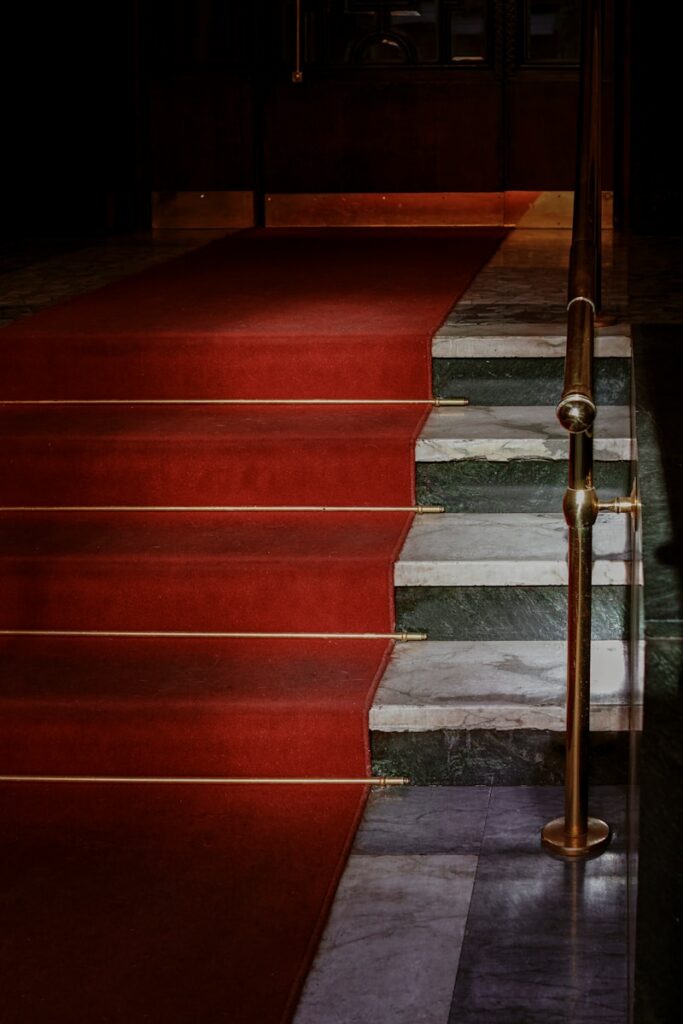
6. **The Grammys’ Strict Wardrobe Advisory: Covering the “Fleshy Under Curves”**The Grammys have long maintained a tight grip on red carpet attire, especially concerning broadcast visibility. Ahead of the 2013 awards, CBS Standard and Practice issued a highly detailed “wardrobe advisory,” one of the most explicit network interventions in celebrity fashion. This memo aimed to control the visual narrative, ensuring all talent appearing on camera adhered to “Network policy concerning wardrobe” and preventing any outfits from becoming too risqué for a prime-time audience.
The advisory was remarkably precise, leaving little to interpretation. It mandated, “Please be sure that buttocks and female breasts are adequately covered. Thong type costumes are problematic.” It then delved into specifics, instructing artists to “Please avoid exposing bare fleshy under curves of the buttocks and buttock crack” and “Bare sides or under curvature of the breasts is also problematic.” This granular level of detail underscored the network’s commitment to specific standards of decency.
The guidelines also addressed contemporary fashion trends, specifically targeting sheer fabrics and cut-outs. The advisory clearly stated, “Please avoid sheer see-through clothing that could possibly expose female breast ,” demonstrating a comprehensive effort to prevent any intentional or accidental nudity that might violate broadcast regulations. This proactive stance aimed to manage potential controversies before they even arose.
Further illustrating the network’s meticulous control, the 2013 advisory included bans on “obviously branded t-shirts,” specifying, “Please avoid commercial identification of actual brand name products on T-shirts.” Even “Foreign language on wardrobe” required network approval, as did avoiding “OBSCENITY OR PARTIALLY SEEN OBSCENITY ON WARDROBE.” These rules collectively showcased an event where musical artistry was celebrated, but sartorial expression was carefully governed, particularly in terms of what was deemed appropriate for a national broadcast.
While the first half of our exposé peeled back the curtain on the explicit, often controversially enforced red carpet rules at festivals like Cannes and award shows like the Grammys, there’s an entire universe of unspoken etiquette and industry secrets that stars navigate. These are the nuances, the quiet understandings, and the strategic maneuvers that make the red carpet not just a fashion show, but a carefully choreographed dance of expectations and power plays.
From the unique demands of the Met Gala, which operates on its own set of high-fashion commandments, to the intricate ballet of borrowed couture and crucial brand partnerships, celebrities aren’t just showing up in fabulous outfits. They’re playing a sophisticated game, ensuring they hit every mark without ever letting on how much thought, planning, and sometimes, desperate improvisation, goes into their picture-perfect appearances. Get ready, because we’re about to dive deep into the fascinating world of these unwritten rules.
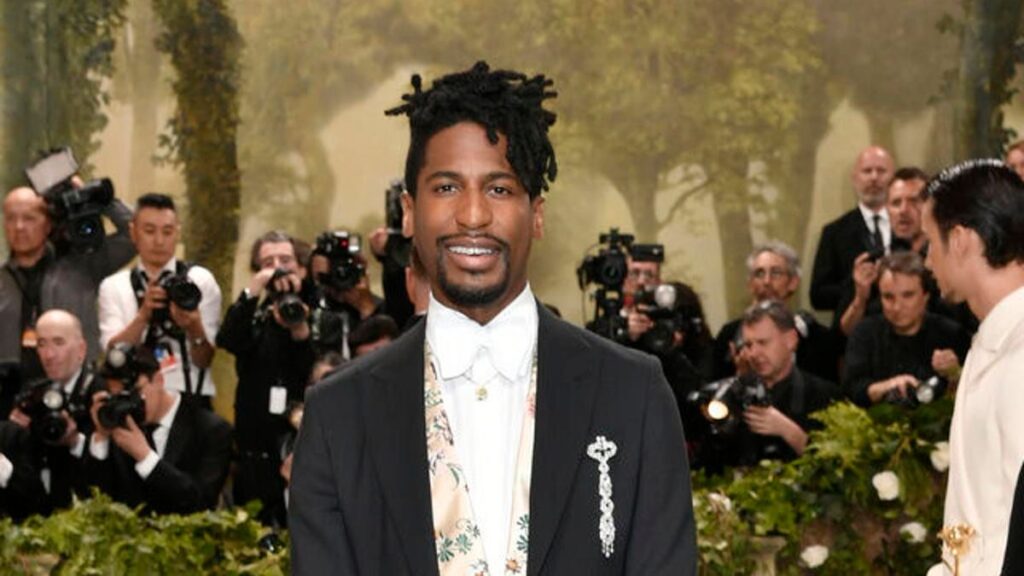
7. **The Met Gala’s Thematic Universe: Dress Code as Art**The Met Gala isn’t just another glamorous event; it’s a spectacle, a theatrical ode to fashion that demands deep conceptual engagement from its attendees. Every year, this exclusive event, which celebrates the Metropolitan Museum of Art’s Costume Institute’s annual exhibition, comes with a meticulously crafted theme and a corresponding dress code. It’s a sartorial challenge that transforms the red carpet into a living art gallery.
For instance, the 2025 Met Gala’s theme, “Tailored for You,” was a direct homage to the exhibit “Superfine: Tailoring Black Style.” This isn’t just about looking good; it’s about interpreting a specific artistic vision through fashion, requiring stars and their stylists to immerse themselves in historical context, cultural significance, and the boundaries of couture. It’s a rule that elevates dressing to an intellectual exercise.
This emphasis on theme means that simply wearing a beautiful designer gown isn’t enough. The outfit must tell a story, connect to the exhibition, and showcase a level of creative interpretation that few other red carpets demand. It pushes celebrities to be more than just models; they become living extensions of the art itself, making their choices incredibly scrutinized and celebrated for their ingenuity.

8. **The “No Rihanna Rule”: A Strict Punctuality Mandate**Among the many unwritten laws of the Met Gala, one stands out for its sheer celebrity-driven lore: you simply do not walk the red carpet after Rihanna. This isn’t an official decree, but a widely understood piece of etiquette that even A-listers like Anne Hathaway have learned the hard way. It’s a testament to Rihanna’s iconic status and the chaotic energy her arrival brings.
Anne Hathaway recounted a near-miss at a 2014 Met Gala, where a last-minute dress malfunction almost made her late. Upon finally arriving, to her surprise, the red carpet was empty. A staff member quickly clarified, “You’re just ahead of Rihanna! Go!” This anecdote perfectly illustrates the unspoken rule: once the queen of the Met Gala arrives, the carpet is effectively closed.
The logic behind this seemingly arbitrary rule is practical yet poetic. Rihanna’s grand entrances often involve show-stopping, elaborate ensembles that command global attention and significant carpet time. To follow her would be to be overshadowed, to have your moment swallowed by the sheer force of her fashion presence. It’s about respecting the flow and the singular impact of a true fashion icon.
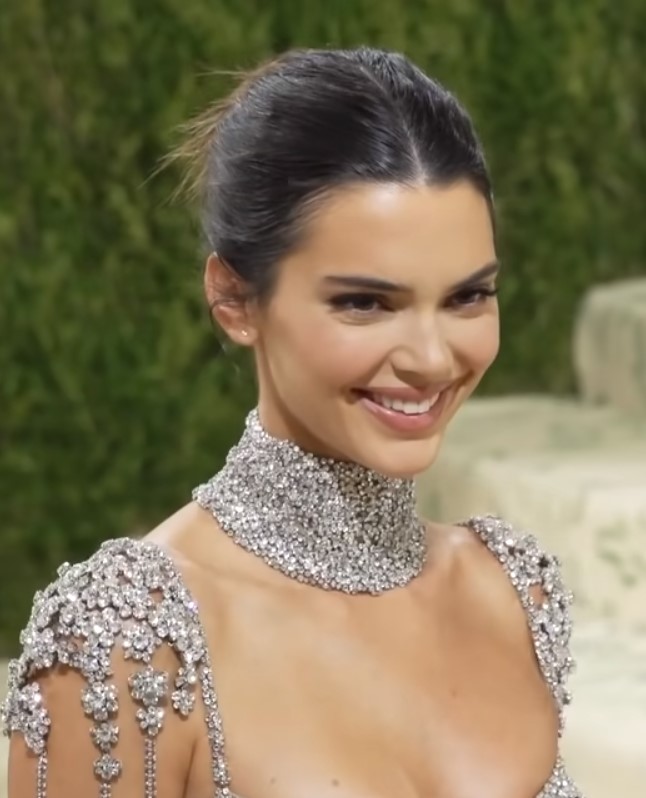
9. **The Met Gala’s Age Restriction: No Kids (or Teens) Allowed**While many red carpet events welcome younger stars and even celebrity children, the Met Gala enforces a firm age restriction: no one under 18 is allowed to attend. This rule, imposed by Vogue in 2018, transformed the event from a potentially family-friendly affair into an exclusively adult-oriented gathering. It’s a clear executive decision to maintain a certain level of sophistication.
Organizers conveyed their rationale to The Hollywood Reporter, stating unequivocally that “it’s not an appropriate event for people under 18.” This strict guideline means that even popular teen celebrities, who might grace other major awards shows, find themselves excluded from fashion’s biggest night. Then-15-year-old Maddie Ziegler notably expressed her disappointment, confirming, “I can’t go, because I’m not old enough!”
This age ban reinforces the Met Gala’s image as an elite, high-fashion event where the stakes are high, and the discussions often delve into complex artistic and cultural themes. It’s designed to curate an environment where mature engagement with avant-garde fashion and high society is prioritized, ensuring the focus remains on the adult attendees and the exhibition.
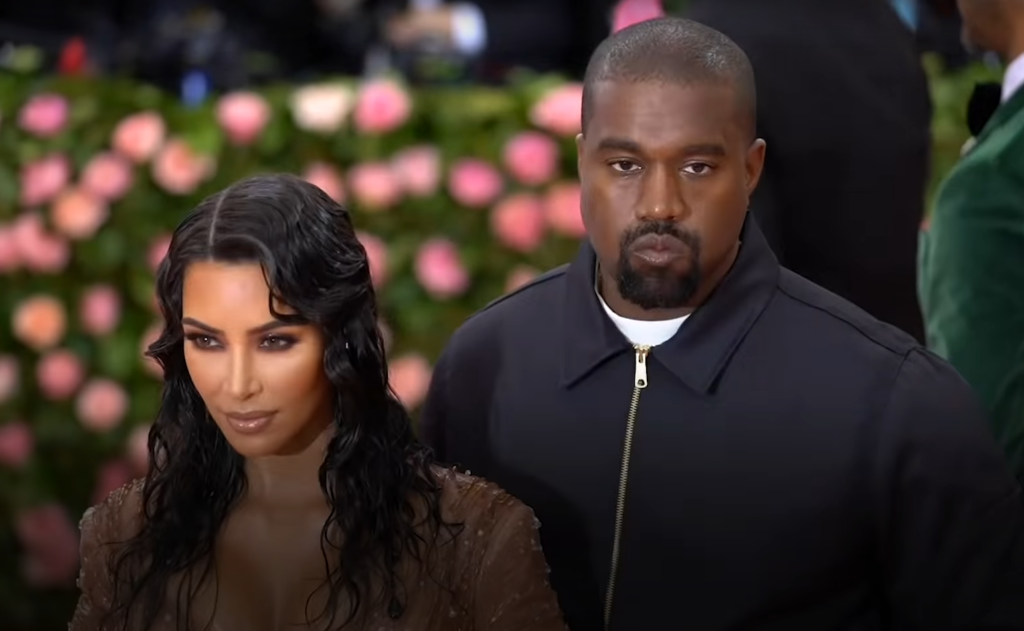
10. **The Unspoken Pact: Wearing Your Inviting Designer to the Met Gala**Behind the stunning ensembles at the Met Gala lies another unspoken rule, deeply rooted in the economics and relationships of the fashion industry. The majority of the Met Gala’s notoriously high-priced tickets are purchased by prestigious fashion houses. These brands then extend invitations to celebrities, effectively sponsoring their attendance at the glamorous event.
What follows is an unwritten, yet universally understood, expectation: the celebrity guest is obligated to wear the designer who invited them. This isn’t merely a courtesy; it’s a fundamental aspect of brand partnership and mutual promotion. The fashion house gets its couture showcased on a global stage by a high-profile individual, and the celebrity gets access to one of the most exclusive events of the year.
This symbiotic relationship dictates much of the Met Gala’s sartorial landscape, shaping who wears what and why. It means that while creativity is paramount, it must often be expressed within the framework of a specific brand’s aesthetic. It’s a powerful demonstration of how fashion, business, and celebrity influence intertwine to create those memorable red carpet moments.
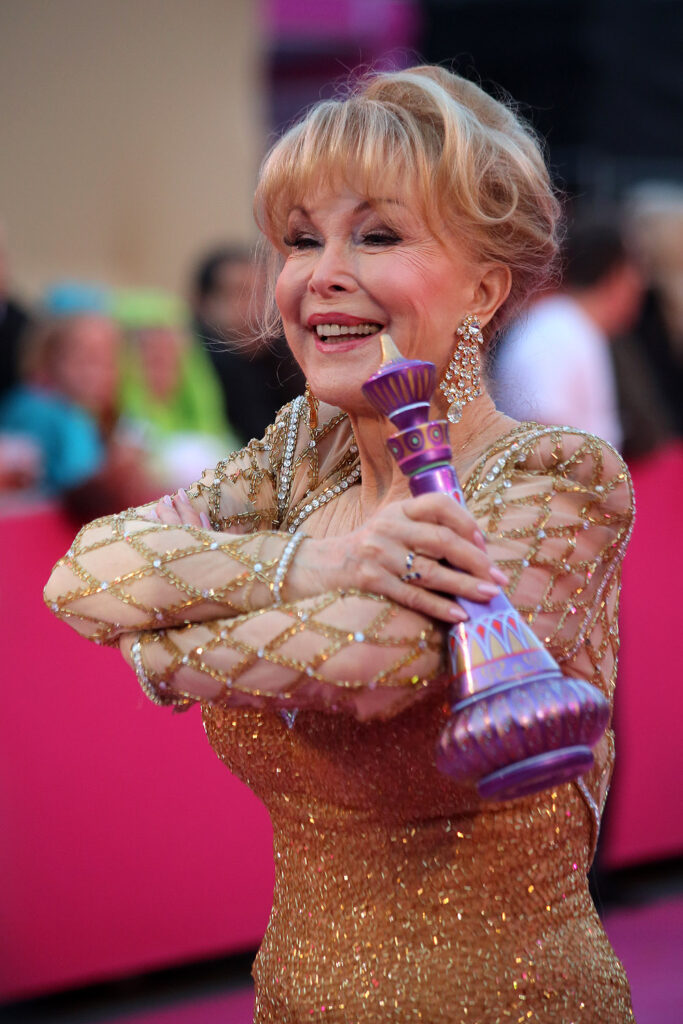
11. **The Fleeting Glamour: Why Red Carpet Looks Are Loans, Not Keepsakes**Ever wonder how celebrities consistently appear in one-of-a-kind couture gowns that cost more than most houses? The surprising truth for many is that these show-stopping red carpet outfits are almost always on loan. These aren’t personal wardrobe acquisitions; they’re temporary assignments, meant to be returned almost as quickly as they’re debuted, highlighting the transient nature of red carpet glamour.
Stylists Jill Lincoln and Jordan Johnson once shared a remarkable anecdote with CNN, revealing just how immediate these returns can be. A designer once called while their client was literally still *on the red carpet*, asking about the dress’s return time. The urgency? A foreign couture client had seen photos online and was ready to buy the dress off her back for a six-figure sum. A swift retrieval was arranged, emphasizing the high-stakes, instant demand for these pieces.
Furthermore, when it comes to the highly coveted Oscars, a clear pecking order exists for borrowing these exquisite garments. Nominees are given first dibs, ensuring they have access to the most stunning options. For everyone else, it’s a fiercely competitive arena. Fashion marketing executive Aliza Licht told E! News that brands strategically “hold off” on dresses, often waiting to see which celebrity might best showcase a particular piece, creating a complex calendar of fittings and decisions.

12. **The Golden Rule: Never Outshine the Main Star**For attendees who aren’t the primary honorees or leads of a premiere, there’s a delicate and unspoken rule of deference: don’t upstage the star of the night. It’s a fundamental principle of red carpet etiquette, rooted in respect for the occasion and the individuals being celebrated. This means tempering one’s own glamour to ensure the spotlight remains firmly on those who earned it.
Yvette Nicole Brown eloquently compared this rule to wedding etiquette, stating, “Would you go to someone’s wedding and wear a white dress? No, you wouldn’t, especially if you’re a kind and considerate person.” She emphasized that if it’s someone else’s moment, like a premiere, guests should be grateful for their presence but allow the main stars to shine. It’s about collective celebration, not individual competition.
Brown shared a personal example from the 2017 Emmys, where she accompanied presenter Anika Noni Rose. When Rose’s train got rumpled, Brown immediately got down on the floor to fluff it. She explained, “even though I was on the red carpet, it wasn’t my moment, it was my friend’s moment. I wanted her to be glorious on that night.” This act of supportive humility perfectly encapsulates the unspoken rule: choose a nice dress, but not *the* dress.
So, there you have it—a peek behind the velvet rope, revealing the silent commandments and savvy strategies that shape every dazzling red carpet appearance. From the Met Gala’s intricate themes and its infamous “no Rihanna” rule to the unspoken understanding that couture is merely on loan, and the crucial etiquette of never upstaging the main event, celebrities navigate a world far more complex than a simple stroll down a glamorous walkway. It’s a testament to their dedication, their stylists’ genius, and the industry’s intricate web of expectations that these moments of effortless perfection ever come to be. And sometimes, it just takes a swipe of deodorant in those five-inch heels to pull it all off!

